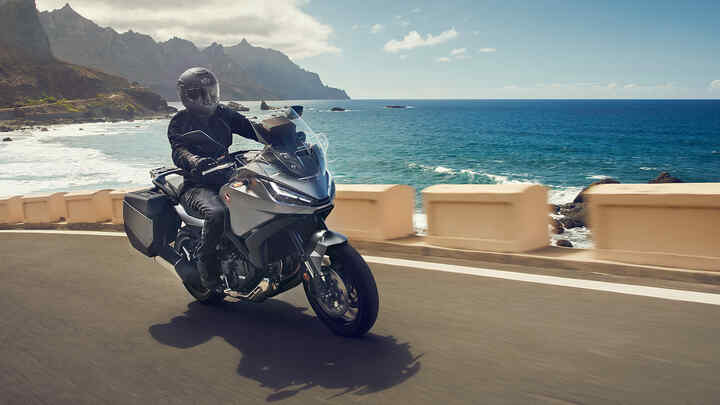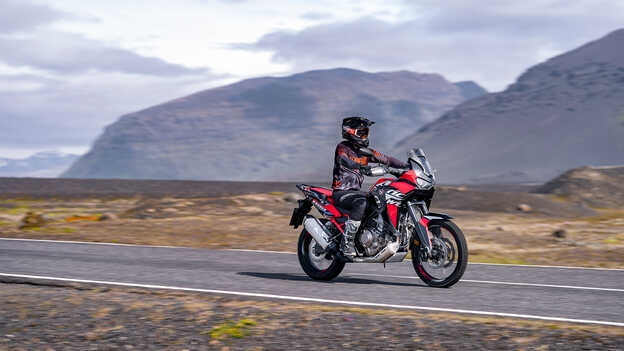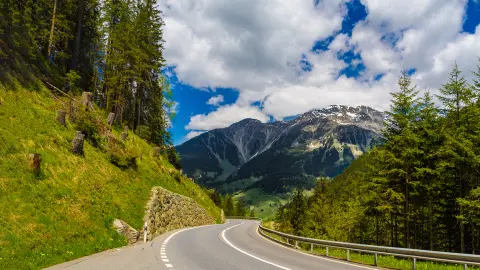You may be well versed on the rules at home, but it’s important to note that there are some variations across Europe. Speed limits, for example, can differ a little from country to country:
· Germany’s national speed limit (not including the Autobahn) is 100km/h (62mph).
· The speed limit in the Netherlands is 80km/h (50mph).
· In France, the limit is 50km/h (30mph) in built-up areas. On urban motorways and dual carriageways separated by a central reservation, it’s 110km/h (68mph), while on motorways, it’s 130km/h (80mph).
· In Italy, the speed limit is 50km/h (30mph) in town, 90km/h (55mph) on A roads, 110km/h (68mph) on dual carriageways and 130km/h (80mph) on motorways.
· Taking to the roads in Spain, the national speed limit on motorways is 120km/h (75 mph), built-up areas have a limit of 50km/h (30mph), while outside a built-up area the speed limit is 90km/h (55mph).
· In the UK, the national speed limit is 112km/h (70mph) on dual carriageways and motorways, single carriageways are 96km/h (60mph), while built-up areas are 50km/h (30mph).
If you’re caught speeding in many countries, you could be issued with an on-the-spot fine, which must be paid immediately – you could even be escorted to the nearest cash machine to do so. If you don’t or can’t, you could have your motorbike confiscated.
Although many European road signs are similar, there may be some differences and variations, so be sure to do some research before you travel so you know what to expect.


































